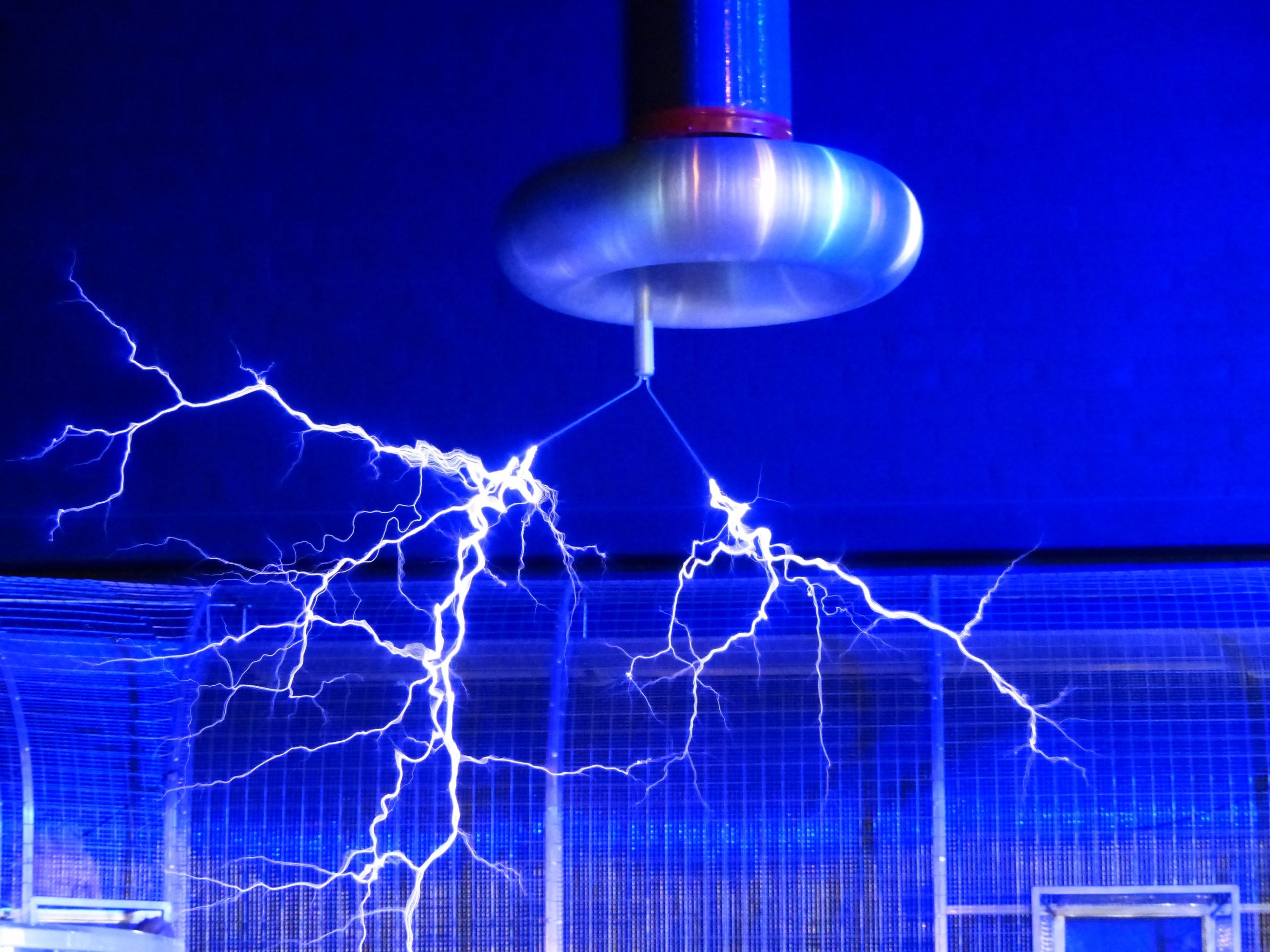In recent years, wearable Internet of Things (IoT) devices have revolutionized the way we interact with technology. While fitness trackers have gained popularity for their ability to monitor health and physical activities, they are just the tip of the iceberg when it comes to the potential of wearable IoT devices. In this article, we will explore how these devices go beyond fitness tracking and offer a plethora of exciting applications in various sectors.
Enhanced Healthcare and Medical Monitoring
One of the most significant areas where wearable IoT devices are making a difference is in healthcare and medical monitoring. These devices can provide real-time data on vital signs, such as heart rate, blood pressure, and temperature. This data can be shared with healthcare professionals, enabling remote patient monitoring and facilitating early detection of health issues or emergencies. Wearable IoT devices are also being used to assist in medication adherence and reminder systems, ensuring that patients stay on track with their prescribed treatments.
Smart Home Integration and Improved Safety
Wearable IoT devices are an integral part of the modern smart home ecosystem. By seamlessly connecting with other IoT devices, such as smart thermostats, lighting systems, and security cameras, wearables enable users to control their environment with simple gestures or voice commands. For instance, a wearable device can be used to adjust the temperature or turn on/off lights in different rooms. Additionally, wearables equipped with built-in emergency buttons or fall detection features contribute to improved safety for vulnerable individuals, such as the elderly or people with disabilities.
Efficient Workplace Monitoring and Productivity
Wearable IoT devices are finding their way into the workplace, offering seamless integration with existing systems to boost productivity and enhance safety. For example, smartwatches can provide notifications and reminders directly to employees’ wrists, eliminating the need for constant smartphone distractions. These devices can also monitor stress levels, physical activity, and biometric data, giving employers insights into their employees’ well-being and allowing for interventions if needed. Additionally, wearables with GPS tracking can improve workplace safety by enabling real-time location monitoring and automated emergency response systems.
Transportation and Logistics Optimization
Wearable IoT devices have shown great potential in optimizing transportation and logistics operations. In industries such as shipping, delivery services, or warehousing, these devices can provide real-time data on location, inventory levels, and employee performance. By integrating this information with advanced analytics systems, companies can streamline workflows, improve resource allocation, and enhance overall efficiency. Wearable devices with augmented reality (AR) capabilities can also assist workers in locating items, offering step-by-step guidance for complex tasks, and reducing errors.
Personalized Entertainment and Gaming
Beyond the realms of health and productivity, wearable IoT devices also offer exciting opportunities for personalized entertainment and gaming experiences. Virtual reality (VR) headsets, for instance, allow users to immerse themselves in lifelike digital environments and enjoy interactive games or virtual tours. Smart glasses equipped with augmented reality (AR) technology can overlay digital information onto real-world surroundings, enabling interactive storytelling experiences or enhancing gaming adventures. With wearables, entertainment becomes more immersive, engaging, and personalized to individual preferences.
Conclusion
Wearable IoT devices have undoubtedly come a long way from being simple fitness trackers. With their ability to collect and analyze vast amounts of data, seamlessly communicate with other IoT devices, and their increasingly advanced functionalities, wearables are poised to transform various industries. From healthcare and home automation to workplace productivity and entertainment, the potential applications of wearable IoT devices are vast and exciting. As technology continues to advance, these devices will become an integral part of our everyday lives, bringing convenience, efficiency, and better experiences to users worldwide.
